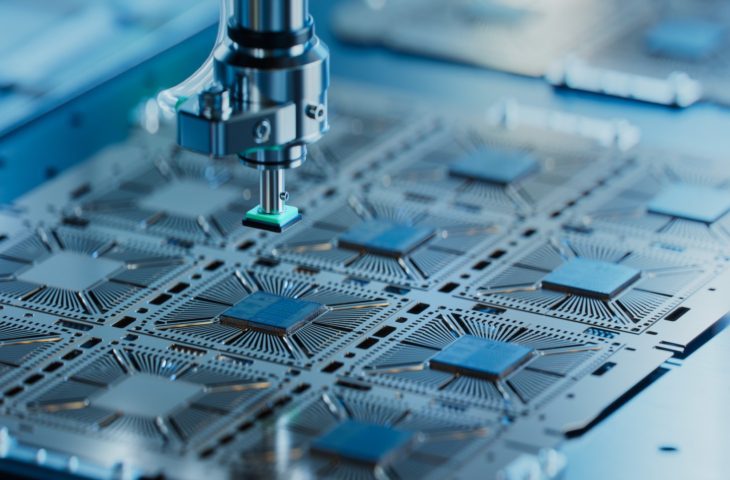Intel continues to believe in Moore’s Law, but admits it is slowing down
- December 26, 2023
- 0
In a lecture, Intel CEO Pat Gelsinger once again took up the challenge of Moore’s Law. The golden days of the law appear to be behind us. Nothing
In a lecture, Intel CEO Pat Gelsinger once again took up the challenge of Moore’s Law. The golden days of the law appear to be behind us. Nothing


In a lecture, Intel CEO Pat Gelsinger once again took up the challenge of Moore’s Law. The golden days of the law appear to be behind us.
Nothing or no one has been declared dead more often than Moore’s Law. Since the late Gordon Moore predicted in 1965 that the number of transistors in a chip would double every year (later adjusted to every two years), this statement has been controversial. The latest declaration of death comes from the Nvidia camp, which wants to rename Moore’s Law to “Huang’s Law”. Intel continues to vigorously defend its founder’s theory.
CEO Pat Gelsinger reiterated his unconditional belief in Moore’s Law during a lecture at the Massachusetts Institute of Technology, a leading computer science university. “I think we’ve been declaring Moore’s Law dead for about three to four decades. For all the critics who declare we’re dead… until the periodic table is exhausted, we’re not done,” said a combative Gelsinger.
Still, Gelsinger can’t deny that Intel is having a hard time pursuing Moore’s Law. The CEO also acknowledged this in his speech, in which he declared that Moore’s “golden time” was behind him. According to Gelsinger, it is now realistic to double the number of transistors every three years. Moore’s law is therefore not completely abolished, but slightly adjusted.
According to Gelsinger, there are technological and economic motives for this. To further double the number of transistors, more innovative production techniques are required. Simply adding more nodes is no longer enough. For example, Intel is also relying entirely on Foveros 3D technology in its latest generation of Meteor Lake chips.
The economic context in which chip manufacturers operate can also slow down Moore’s Law. Gelsinger has seen the cost of new chip factories explode in recent years. A factory that would have cost $10 billion seven or eight years ago costs at least twice as much today. This gives manufacturers fewer resources to invest in their research and development department.
Intel certainly won’t abandon Moore’s Law just yet. The chip manufacturer has great ambitions in 2024 and wants to be a pioneer in chip development and production again. Next year, the Angstrom era will begin with the first Intel 20A (2 nm) chips and if possible also 18A (1.8 nm). Intel expects to be able to develop chips with 1 trillion transistors by 2031.
Source: IT Daily
As an experienced journalist and author, Mary has been reporting on the latest news and trends for over 5 years. With a passion for uncovering the stories behind the headlines, Mary has earned a reputation as a trusted voice in the world of journalism. Her writing style is insightful, engaging and thought-provoking, as she takes a deep dive into the most pressing issues of our time.